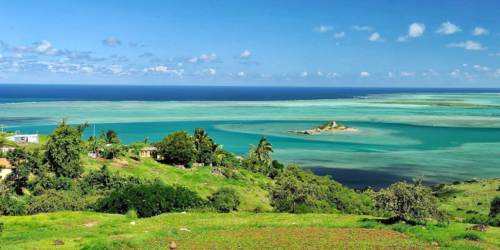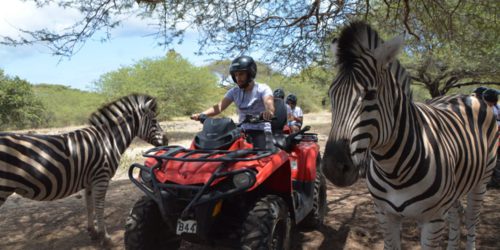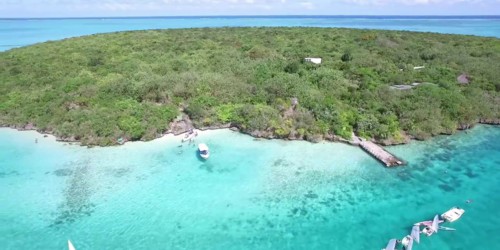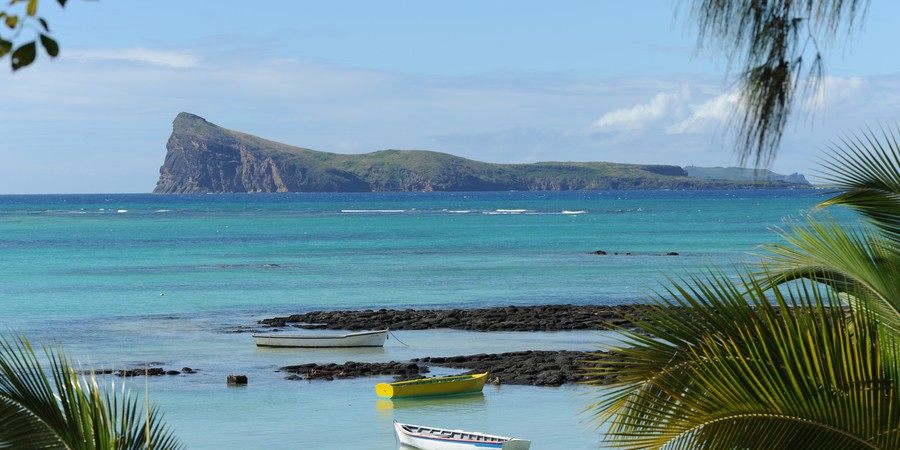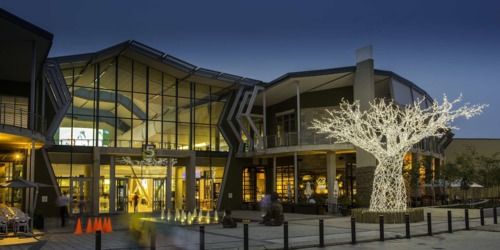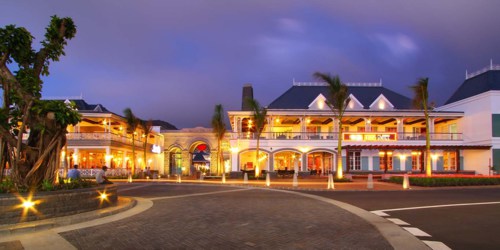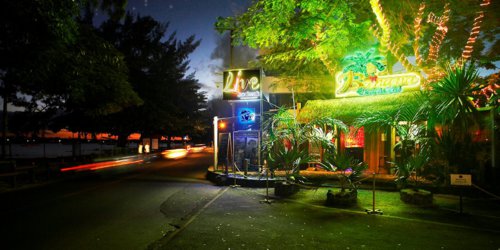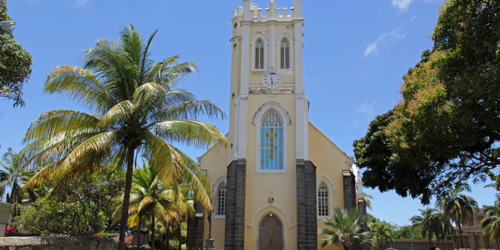The islet has suffered severe degradation over the last 500 years, due to factors such as tortoise hunting, invasion of exotic plants and animals, poaching and deforestation. Recent eradication programs have successfully removed all terrestrial mammals. Much of the present day flora is exotic, with large areas of invading scrub, however some of the coastal fringes are not heavily degraded and there are small areas of remnant palm woodland. Gunner’s Quoin has populations of seabirds (wedge-tailed shearwaters and tropic birds) and reptiles (Bojers skink, Boutons skink, Ornate day gecko and the Lesser night gecko), although four to five species are thought to have been lost in recent times (Telfair’s skink, Keel-scaled Boa, one or both tortoise species and Burrowing Boa). Gunner’s Quoin represents a functioning ecosystem, adapted to the harsh conditions on the islet, and still has relatively high biodiversity. However, many of the component plant species are exotic and they have successfully invaded large tracts of the islet, especially the central area.
The proposed goal of conservation management of Gunner’s Quoin is to restore the ecosystem to a native palm rich community / mixed woodland, akin to the ecosystem present 4-500 years ago. To achieve this, it is proposed that a risk-averse approach is proposed: adaptive ecosystem management. This approach uses a number of techniques to gradually extend the native plant component of the ecosystem whilst ensuring that the ecosystem maintains it functionality and consequent resilience. Due to the inexact nature of this approach a rigorous and scientific approach to monitoring and evaluation is required to provide feedback and direct future interventions. Low risk, adaptive management techniques are proposed for the three main suites of biotopes: remnant forest, coastal fringing communities and invasive exotic scrub/grassland. Maintaining a low risk approach to ecosystem restoration requires possible introductions of other reptile species to be reviewed when, in the future, scientifically robust data on possible negative impacts on existing reptile species and secondary effects, e.g. on invertebrates, is adequate for decision making.
